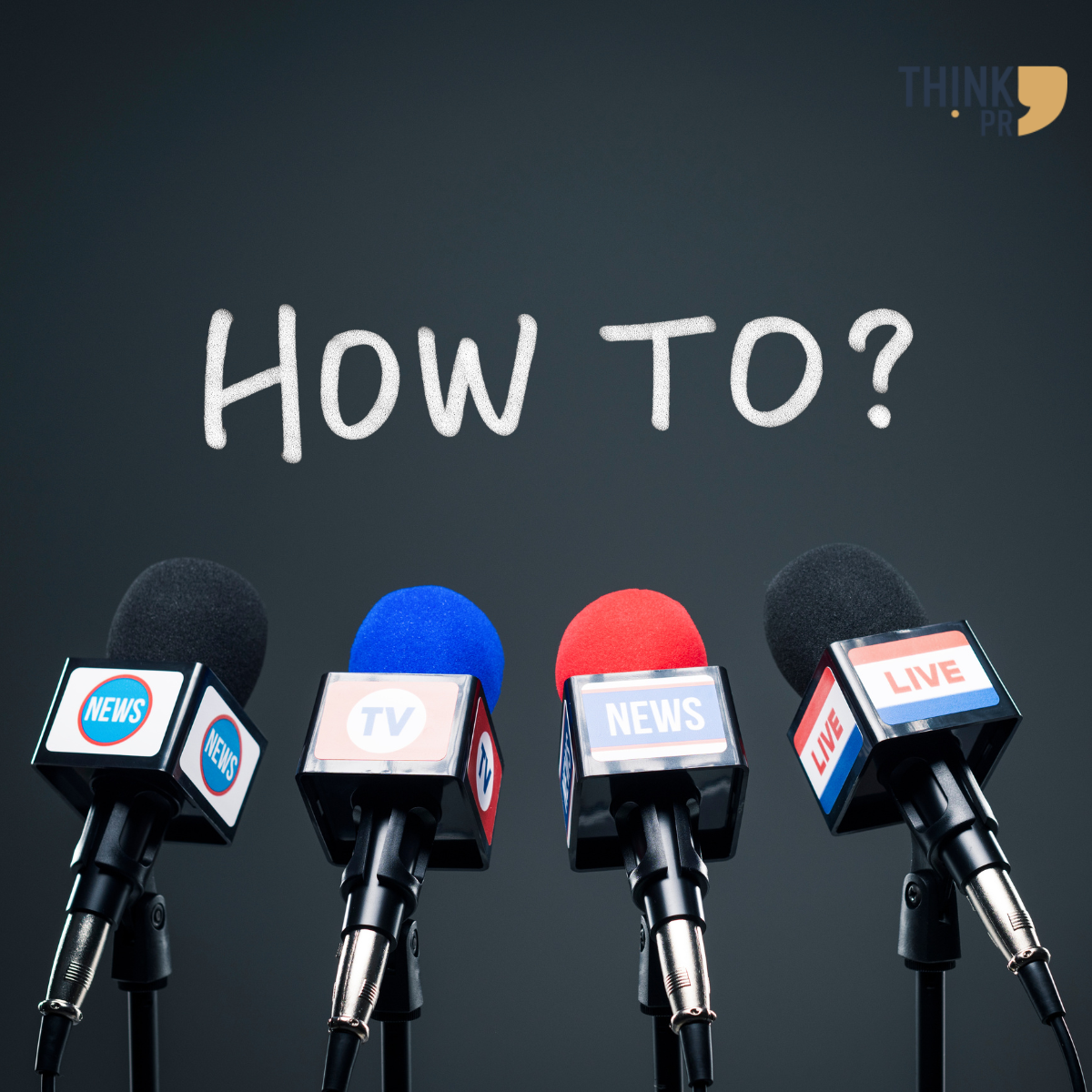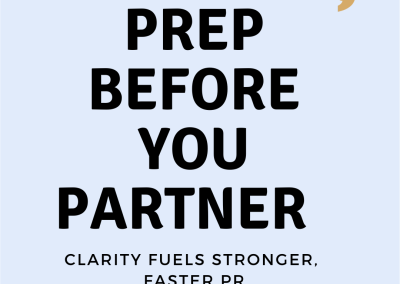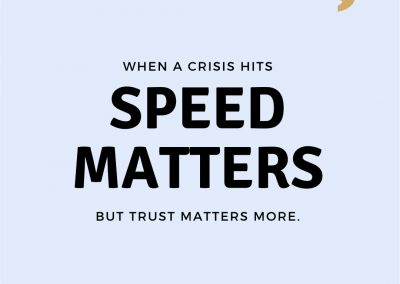A guide to hosting a successful media event
In the realm of Public Relations, the press conference stands as a powerful tool for disseminating information, building relationships, and managing public perception. However, hosting a successful press conference is an art that requires careful planning, effective communication, and a strategic approach. This blog post aims to provide insights into the key elements of a successful press conference and how PR professionals can ensure that their message is not only heard but also well-received.
Here are 7 things to consider:
- Define clear objectives:
Before organizing a press conference, it’s essential to define clear objectives. What is the key message you want to convey? Who is your target audience? Understanding these aspects will help shape the structure and content of the press conference, ensuring that your goals align with the overall PR strategy.
- Choose the right venue:
Selecting an appropriate venue is crucial for the success of a press conference. Consider the size of the audience, the nature of the announcement, and the overall atmosphere you want to create. Ensure that the venue is easily accessible for journalists and equipped with the necessary facilities for live broadcasting or recording.
- Prepare a compelling message:
Crafting a compelling and concise message is at the heart of a successful press conference. Clearly articulate the key points you want to emphasize and provide relevant supporting information. Anticipate potential questions from journalists and prepare thoughtful responses to maintain control over the narrative.
- Invite relevant stakeholders:
Identify and invite key stakeholders, including industry experts, influencers, and relevant personalities who can add credibility to your message. Their presence not only enhances the overall impact but also signals the importance of the announcement.
- Media kit and supporting materials:
Create a comprehensive media kit that includes all relevant information, press releases, background materials, and visuals. This ensures that journalists have access to accurate and detailed information to support their coverage. Additionally, providing visuals such as infographics or multimedia elements can make your press conference more engaging and memorable.
- Facilitate Q&A sessions:
A successful press conference allows for interaction with journalists. Allocate time for a Q&A session, encouraging reporters to seek clarification and additional information. This not only demonstrates transparency but also helps address any concerns or misconceptions that may arise.
- Utilize technology:
Incorporate technology to maximize the reach and impact of your press conference. Consider live streaming the event, utilizing social media platforms, and providing virtual access for journalists who may not be able to attend in person. Leverage technology to facilitate real-time engagement and broaden your audience.
The press conference is not the end of your engagement with the media. Follow up with journalists, provide additional information if needed, and remain accessible for any further inquiries. Building and maintaining relationships with the media is an ongoing process that extends beyond the press conference itself.





0 Comments